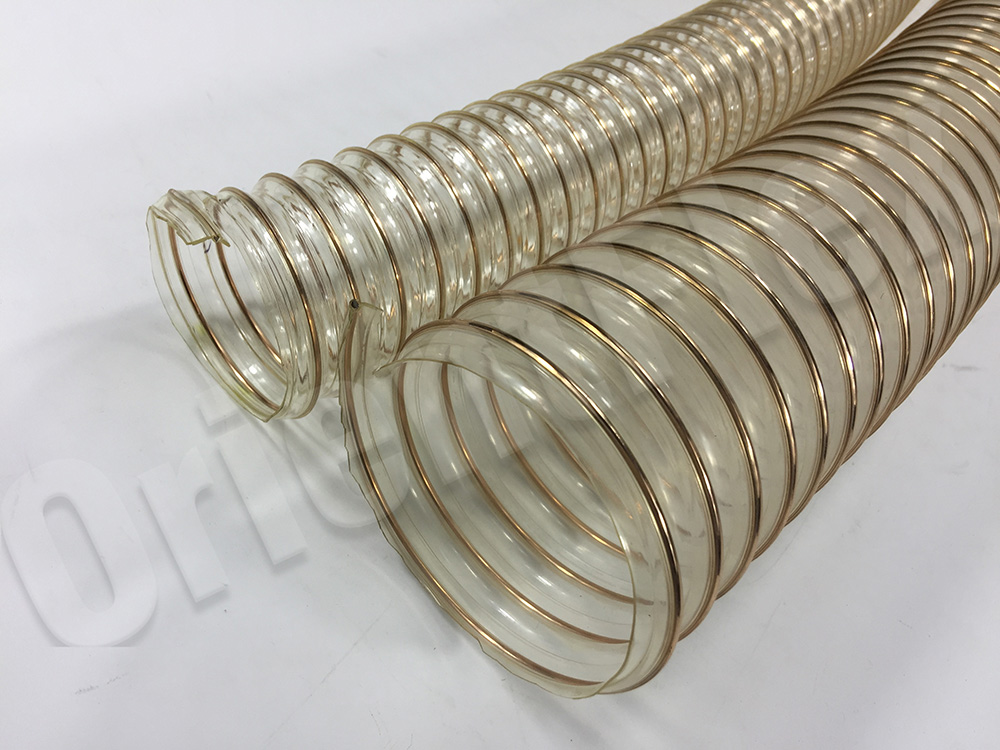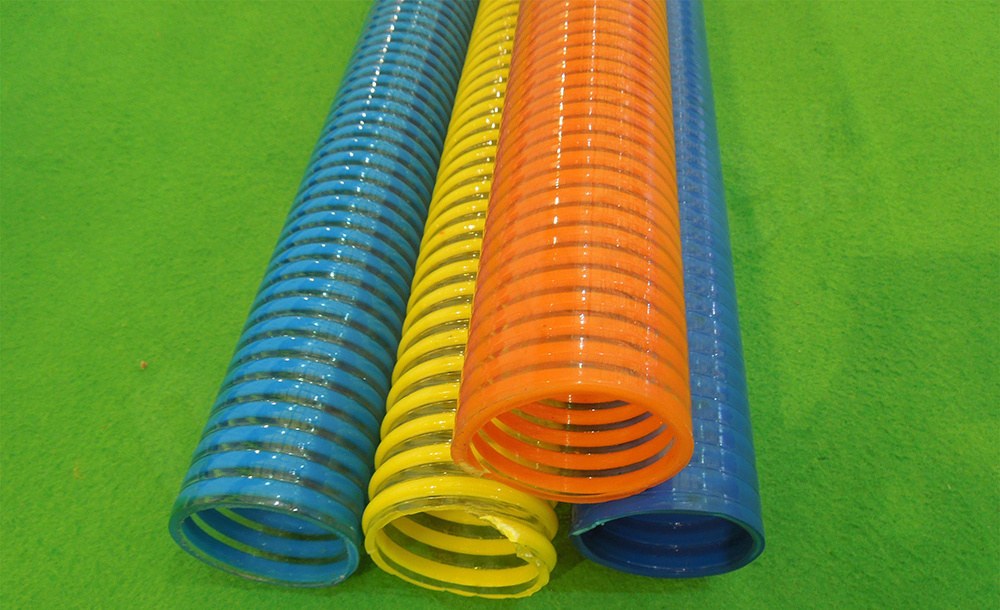Both PVC hose and PU hose are widely used in our daily life and industrial production. In some cases, you can use both of them. But in some special conditions, they are quite different. Then next, let me show you the differences between these two flexible hoses.
Chemical composition
PVC is a synthetic resin made by polymerizing vinyl chloride monomers. PU is made of polyurethane. The molecular structures and chemical properties of these two materials are different. Therefore, their physical properties and processing characteristics are also different.

Temperature range
PVC hoses are generally resistant to temperatures between -5℃ and 65℃. PU hoses have a wider temperature range, with a minimum temperature of -40℃ and a short time of 125℃.
Weather resistance
PVC contains chlorine in its molecular structure. Therefore, it has a certain UV resistance. But not as good as PU. PU materials will not fade or deteriorate after long-term exposure to sunlight. PVC hoses may have problems such as yellowing and brittleness.
Wear resistance
PU hoses are more wear-resistant than PVC hoses. Because PU hoses have higher wear resistance. This makes PU hoses have a longer service life when pumping large particles and high wear materials.

Softness
PU hoses are softer than PVC hoses under the same wall thickness and wire spacing. However, it should be noted that if too much plasticizer is added to the PVC hose, its softness will be far from meeting environmental protection requirements.
Performance
PU hose has high wear resistance. The wear resistance is 2.5 to 5 times that of most rubber materials and 4 to 5 times that of most soft PVC materials.